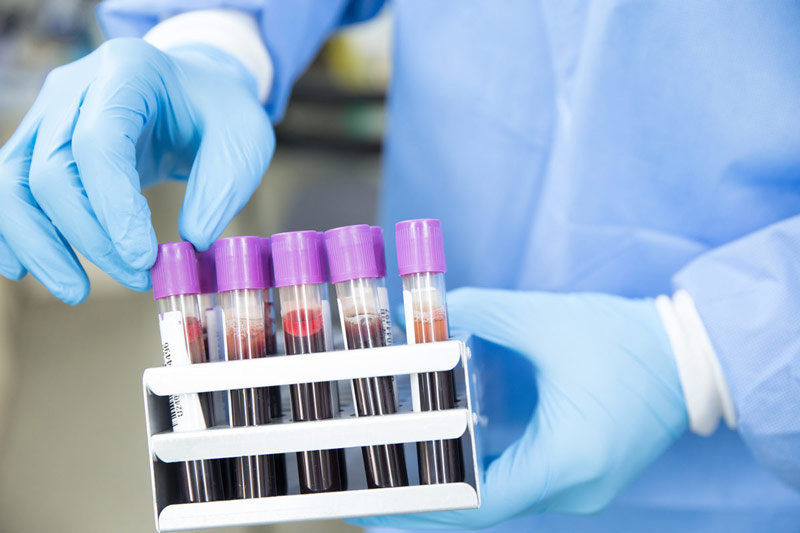Tissue procurement is a practice that involves the collection of human tissue. This may include both corneas, which are taken from human donors, and also body parts, such as skin or organs. In the past, these tissues were harvested by cutting off a piece of the donor’s body and removing it at a later time. This was done with an open wound, which resulted in a risk of infection and also pains to the donor. Because of this, several new techniques have been developed which minimize these risks.
Tissue may be removed while the donor is still alive or after they have died. Human tissue banking is the process by which human organs are stored for future use by transplantation. Tissue procurement is a process used in scientific research to gain tissue samples for use in scientific experiments. Tissue procurement can also be referred to as “donating body parts.” Donating body parts is a process done by licensed tissue procurement centers for instance https://www.geneticistinc.com/blog/what-is-the-tissue-procurement-processnbsp.

Image Source: Google
There are many different types of tissue procurement methods. The one that is used in most cases is called a biopsy. It involves the removal of a small piece of the tissue for analysis. More invasive methods include surgery, which creates an opening in the body and removes a larger amount of tissue at one time, and needle biopsies, which can be done with or without surgery.
Tissue procurement is a process of collecting, preparing, and storing donated biological tissue for further study. Individuals who wish to donate tissue can do so with the help of specialists in the health care profession. The number of tissues that can be studied using this method is limited by how well the tissues are preserved.